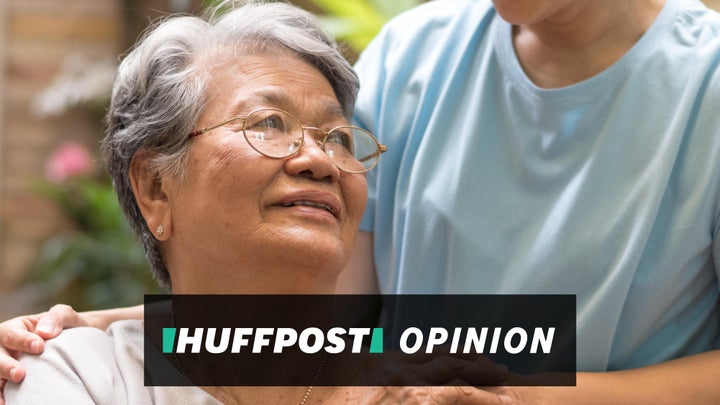
The new chancellor has found the magic money tree.
Not only did Rishi Sunak promise £600bn investment over the parliament to invest in infrastructure but the budget also started with a programme of emergency spending to address the economic impact of Covid-19 and a promise that the NHS could have “whatever it needs” to deal with the virus.
But the billions for infrastructure and the response to the coronavirus ignored the fundamental question of how women and the unpaid care they provide underpin the economy. Although the budget marked a major change of direction for a government that has spent 10 years telling us we need to cut spending, for women it felt very much like more of the same.
The budget’s infrastructure investment was concentrated on physical infrastructure, (roads, rail, construction). There was no recognition that the economy and society also rely on social infrastructure: public services such as health, education and care. And these are services women also rely on — as WBG work with the Runnymede Trust has shown, cuts to these services over the last decade have hit women the hardest and poorer women, BAME women and disabled women the hardest of all.
The chancellor didn’t say how much Covid-19 would cost the NHS but it certainly needs extra money. Although the NHS was supposedly protected from the austerity that hit other departments over the last 10 years, it has seen some of the lowest spending increases in its history; only 1.5% a year on average between 2009 and 2019.
This underfunding has meant that bed occupancy rates are already above safe levels. In the last quarter of 2019 the occupancy rate for general and acute beds was at 92%, and anything above 85% is reported to reduce patient safety. The UK has fewer nurses relative to the population than the OECD average, with staff leaving the profession as a result of poor working conditions which include pay, short staffing and training cuts. More money will allow for the recruitment of more nurses, but this will take time. Right now there is no slack to cope with the shock to the system that a major outbreak will cause. And it is women who will be hit hardest. Women are the majority of the older people who are most at risk from the coronavirus, and the majority of NHS workers are women.
“Does the government have plans for who will provide care if care workers contract Covid-19 or is the assumption yet again that women will fill the gap?”
And what will happen to our care system if care workers become ill, or have to self-isolate? As Age UK argued, “social care is on the frontline of keeping older people, younger disabled people and those with serious health issues safe and well”. The crisis in social care already means that one in seven adults over 65 have unmet care needs. Social care has been underfunded for decades, but the situation has reached critical levels as a result of cuts over the last 10 years. There was nothing in the budget to address this crisis.
Similarly there was nothing in the budget to address the massive funding gap faced by local authorities, that have lost 60p in every £1 of national government funding in the last decade. English local authorities are facing a £3.1bn funding gap this year, for example. The chancellor announced cuts to business rates, which fund local authorities, but nothing about what would replace them. Will local authorities have the staff and capacity to respond quickly to the coronavirus in the next few weeks when they are already stretched to breaking point?
We have got used to women picking up the pieces for our failing social infrastructure. According to Carers UK, 63% of those caring for more than 50 hours a week are women. On average women do 60% more unpaid work than men. Not long ago there was outrage when a government report suggested that a shortage of care workers after Brexit would mean many women having to give up unpaid work to care. Most care work is paid below the level required to be considered “skilled work” under new immigration rules. This is not only dismissive of the huge level of skill involved in care, it will mean that care workers from the EU will not be eligible for visas to work in the UK, worsening the existing crisis in recruitment.
Does the government have plans for who will provide care if care workers contract Covid-19 or is the assumption yet again that women will fill the gap?
Who will be expected to look after children if schools close for weeks at a time as has happened in Italy? As Zoe Williams pointed out earlier this week, 60% of grandparents look after their grandchildren after school or in the holidays. In normal times the response of many parents to a school closure would be to call granny. But if older people are advised to self-isolate, calling granny may be the last thing to do.
The coronavirus shows how threadbare our social infrastructure has become after 10 years of austerity. It also shows how much we have become used to relying on the unpaid work of women. This was a budget with huge new spending on roads, rail and construction and marked a significant change of direction from the austerity of the last 10 years. But for social infrastructure and women’s unpaid work it was very much business as usual.
Mary-Ann Stephenson is director of the Women’s Budget Group
